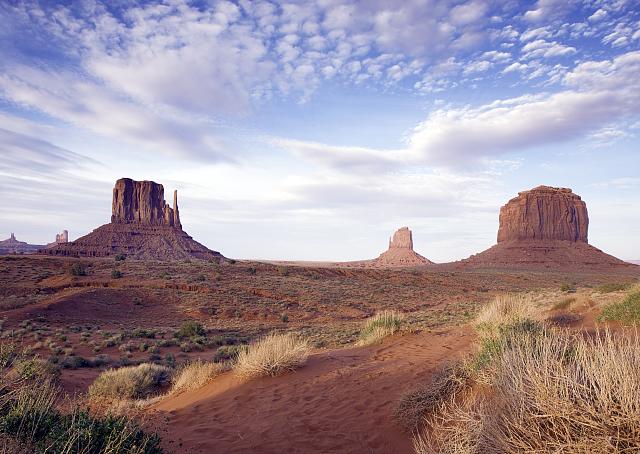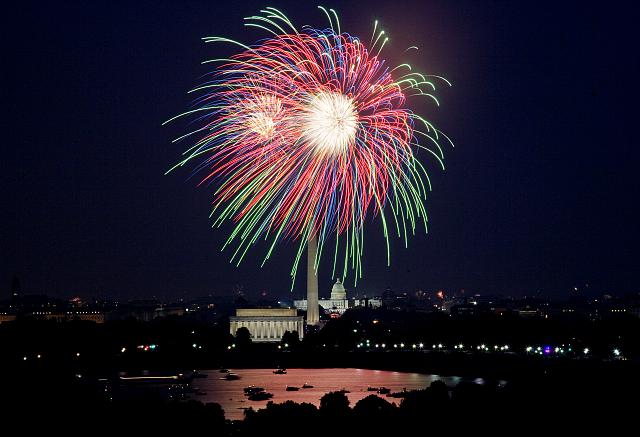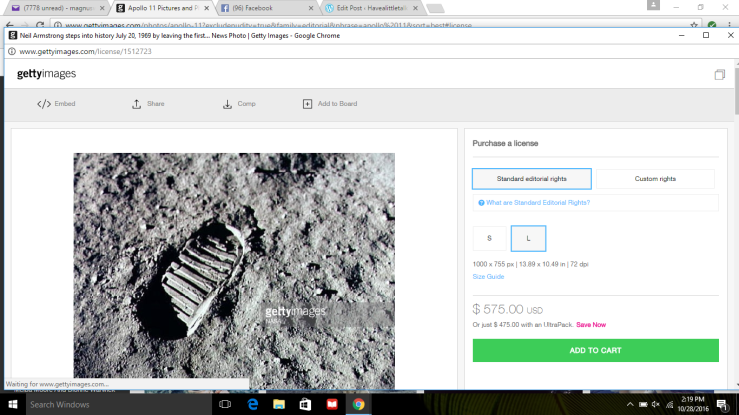I first wrote about Carol Highsmith eight years ago, asking “Is Carol M. Highsmith the Most Generous Artist of Our Time?” The answer was yes then and remains so today. Others agree with this valuation, including C. Ford Peatross, director of Architecture, Design and Engineering, Prints and Photographs, Library of Congress, who in 2007 remarked: “The donation of her photographs [The Highsmith (Carol M.) Archive] is one of the greatest acts of generosity in the history of the Library.”
Highsmith has provided the Library of Congress with 31,828 images (as of today, 8/18/16)– and has stipulated that they be placed in the public domain. The Library expects that number will likely approach 100,000.
I was astounded to find an outstanding contemporary photographer’s work could be freely used. No licensing fees are required to use her images, but there should be a credit line, at the least identifying her as the Creator of the work, and preferably using this Credit Line: Library of Congress, Prints & Photographs Division, photograph by Carol M. Highsmith [reproduction number, e.g., LC-USZ62-123456].
After I posted the first time about Highsmith, I learned she was seeking sponsors for an ambitious project, photographing every state so that a record may be had of what America looked like in the first decades of the 21st century. I’ve been following her progress since she started with Alabama, with sponsorship from philanthropist George F. Landegger.
You can imagine how appalled I was to read about the gross exploitation of Highsmith’s generosity by Getty Images.
In December 2015 Highsmith received notification from Alamay Ltd.’s License Compliance Services (LCS), (on behalf of Getty Images) demanding $120 because she was in breach of Getty’s licensing terms for the content of an image she had used on her website and accusing her of copyright infringement.
The image in question: one of Highsmith’s own and one she placed in the Library of Congress with the stipulation that it be placed in the public domain.
Apparently, Getty Images had been downloading her thousands of images, placing them on its site, and demanding licensing fees, as if Getty owned the images. In other words, they were doing exactly the opposite of Highsmith’s intention, which is to allow free use of her images. Using her images is not the same as owning her images.
Getty had 18,755 of Highsmith’s photos on its site.
The way this all came to light was because Getty “scrapes” the net, looking for uses of its images and checking license fees have been paid.
Eventually the scraper hit Highsmith’s website, and the scheme was exposed. Perhaps if Getty had been careful to credit Highsmith as the photographer, they would have realized sending Highsmith a threatening letter wasn’t a good idea.
Highsmith has filed a $1 billion dollar suit.
Writing for Forbes.com, IP specialist Attorney Bryan Sullivan summarizes the suit:
“against Getty Images targeting the ‘gross misuse’ of 18,755 of Highsmith’s photographs. According to the suit, ‘The defendants [Getty Images] have apparently misappropriated Ms. Highsmith’s generous gift to the American people…. [They] are not only unlawfully charging licensing fees but are falsely and fraudulently holding themselves out as the exclusive copyright owner.’ Highsmith claims that Getty was unlawfully telling users that they would have to buy a copyright license from Getty to use the images. ‘Likewise, nowhere on its website does Getty identify Ms. Highsmith as the copyright owner of the work.’”
Sullivan expects Getty will settle out of court.
A prediction: when she wins, Highsmith’s life will change in one way. She won’t have to seek sponsorships to make it possible for her to work night and day, and this means she’ll have more time to document America.
You can follow Highsmith’s travels on Facebook (Carol M. Highsmith’s America).
Here are four of Highsmith’s photos: “Porter Sculpture Park, Montrose, South Dakota,” “Alpine lakes and forest, Denali National Park, Alaska,” “Monument Valley View, Arizona,” and “July 4th fireworks, Washington, D.C.”



Credits: Library of Congress, Prints & Photographs Division, photographs by Carol M. Highsmith [ LC-DIG-highsm-04547, LC-DIG-highsm-04272, LC-DIG-highsm-04002, LC-DIG-highsm-04460]




 In contrast, this photo, the one with “gettyimages/ US Navy” will cost you $575 to use.
In contrast, this photo, the one with “gettyimages/ US Navy” will cost you $575 to use.




